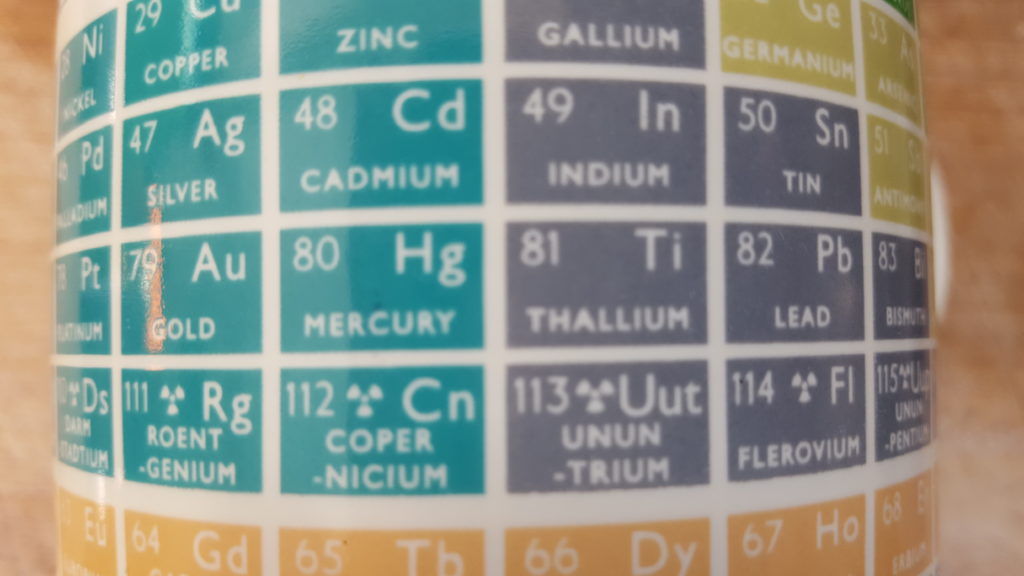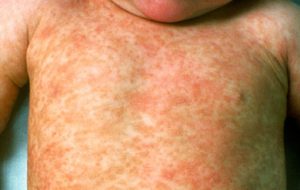Your home probably contains several chemicals you never knew could harm your family. Here are five common household chemicals that require special handling or storage.
Nitrobenzene and phenol
Furniture polish and wood stain that is oil-based is extremely flammable. They also contain phenol and nitrobenzene, which can cause cancer if they are absorbed by the skin. Choose a vegetable-based furniture polish instead. Stain furniture outdoors or in a well-ventilated porch or garage, and leave the staining of hardwood floors to the professionals.
BPA
Bisphenol A has come under fire lately for being used in plastic bottles, so most manufacturers have stopped using it in that way. It’s still used in the linings of food cans, however, and it provides that slippery coating on the receipts you get at the grocery store. BPA is a hormonal chemical and has been found to cause decreased sperm production in men, fertility problems, and early puberty in girls. It also has been found to be a factor in heart disease, diabetes, and obesity.
Chlorine Bleach and Ammonia
Sometimes a chemical by itself may not be hazardous, but in combination with another chemical could be deadly. Never mix chlorine bleach and ammonia as the combination could ignite or explode, and the fumes that are released by this combination are toxic. Pay close attention to the cleaning products you use to make sure that you don’t mix those containing bleach with those containing ammonia. You should not even use these two chemicals in the same room together. Furthermore, ammonia while being a naturally occurring product in the body, can be lethal in concentrated doses and if ingested.
Pesticides
Pesticides should always be stored outside, never in the home, even in the basement. When you purchase pesticides, only buy as much as you think you will use, and donate or dispose of the remainder, so you are not storing pesticides. And never use them near an open flame, as the vapor may catch fire or explode.
Linseed Oil
Linseed or flaxseed oil is often used to polish wood, to protect metal tools, or even to clean the fireplace. Unfortunately, it can also spontaneously combust. The oil is often applied by dampening a rag with it and using the rag to rub the oil on the furniture or tool. The problem occurs when the rags are stored or laundered. The safest thing to do is to dispose of rags immediately after use. Never store them in your home or wash and reuse them.

